
How to Make an Experiential Workplace
Experiential workplaces are designed with employees’ experiences in mind. Here we explain why they are important, and how to design a great one.
The past few years have brought an increasing focus on employees’ personal experiences of work. Leading 21st-century companies like Google and Facebook build their whole organization around their employees’ experiences, in order to attract and retain talent. Furthermore, the Covid-19 pandemic has made everyone reconsider where and how they work. A good workplace has to satisfy many different needs, and this is one of the reasons why coworking spaces have become so popular: because they satisfy multiple needs in one shared space.
So, the experiential workplace is a workplace designed with one thing in mind: how it makes the employees who work there feel, and how much they enjoy their time there.

By focusing on the experiences of employees, experiential office design leads to boosts in productivity, creativity and engagement, and so to greater job satisfaction. For instance, informal social spaces help build close bonds between colleagues, which raise trust levels and encourage more collaboration. Likewise, when a workplace is designed so that staff can spend time away from their desks to relax, it’s highly beneficial for creativity, and for wellness and wellbeing.
Another great benefit of experiential offices is that top talents are drawn to them; especially now, when so many have grown used to working from home, and are reluctant to return to the office unless they know The experience is going to offer them more value.
Experience is everything: particularly for Millennials, who derive more value, and more of a sense of identity, from experiences than possessions. High salaries are no longer enough to convince top talent to join a company. Instead, they want good experiences and happy memories.
In order to avoid becoming redundant, workplace design has to adapt to the office’s new purpose as an “experience centre”, a go-to destination that people want to visit and spend time in.

Here’s how to create an experiential workplace:
1. Understand employees’ needs
The first step of experiential office design is to develop a thorough understanding of the needs of each employee, and how they work best. Inclusivity is really important, the workplace needs to cater for the experience that best suits everyone, we recently wrote about the inclusive workplace, which explains this more. The next step is to design spaces and ways of working that will best satisfy these needs. When employees’ needs are met, they’ll enjoy their time in the office, and they’ll naturally perform well.
2. Provide shared spaces and unassigned seating
As the nature of work becomes more group-based, companies are abandoning the old model of one person to a desk, in favor of more shared groups spaces and more unassigned seating. This suits the agile, connected modern worker who spends most of their time on group work rather than solo work. Furthermore, even when it comes to solo work, many mobile workers don’t need a standard desk of their own and prefer working in shared social spaces. At PKF Cooper Parry’s playful offices, a wide variety of shared spaces are on offer, as are banks of HotLockers that allow employees to safely store personal belongings without having an assigned space. Workplaces like these, where employees share all spaces equally, encourage teamwork, socializing and collaborative spirit.
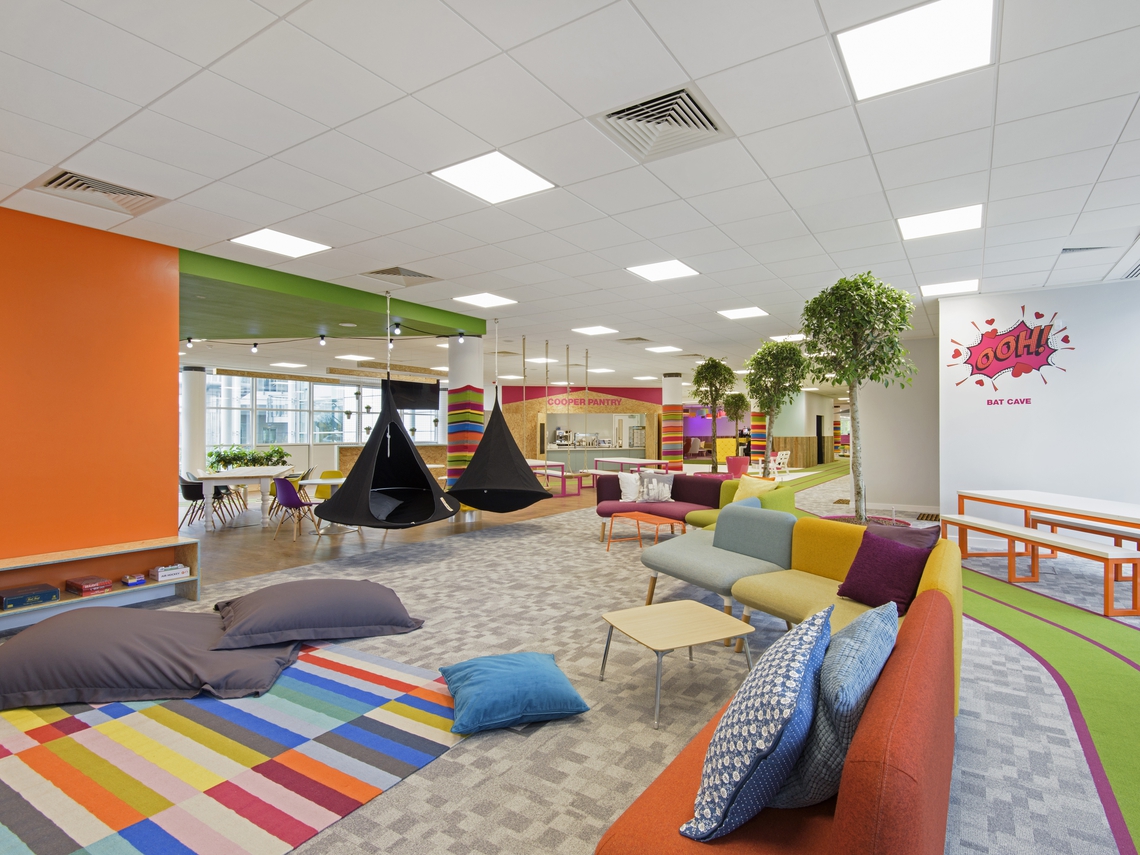
3. Create flexible spaces
Flexible, modular furniture allows a space to house all sorts of different activities and experiences. For example, our Palisades II zone dividers, which are showcased extensively in our New York Design Center, can be put to many different uses, from shelving to planters, to walls and displays. They can also be used to zone a space, while still allowing different neighborhoods to flow in and out of one another. The boundaries between individual employees and teams, between work and play, between workspaces and activity spaces are dissolving. Everyone is doing everything everywhere, so flexible, adaptable spaces are needed.

4. Offer a wide variety of spaces
Today’s workforce is more diverse than is ever been, so in order to provide a good experience for everybody that works there, a great variety of spaces are needed.
Even before the pandemic, surveys found that half of all office workers felt they needed a change from working at the same desk every day, and the proportion is even higher now. Staff are happiest when provided with a variety of spaces to choose from: spaces for relaxation, like cafes, and spaces for focus, like individual working pods. Spaces for collaboration are also needed: like in Jacobs’s open-plan workplace, where modular Railway Carriages are used instead of built meeting rooms. A wide variety of spaces in which to work allows employees to choose where and how to work, which in turn contributes to their sense of identity—which is highly valued by top talents and Millennials.
5. Think of the digital experience
Office design should consider not only the physical workplace, but also the digital workplace, and the links between them. Our Residence Connect video conferencing booths provide comfortable, quiet spaces for employees to make video calls from, allowing a great virtual meeting experience and encouraging good communication and collaboration.

Experiential offices are very popular right now because they draw in top talent, they support group-based creative work and collaboration, and they help facilitate imaginative and fulfilling experiences that are not possible while working from home. They show us the future of office design: an experience-rich space that people want to come and work in, because it raises their performance, and makes them feel good. Experience is everything.

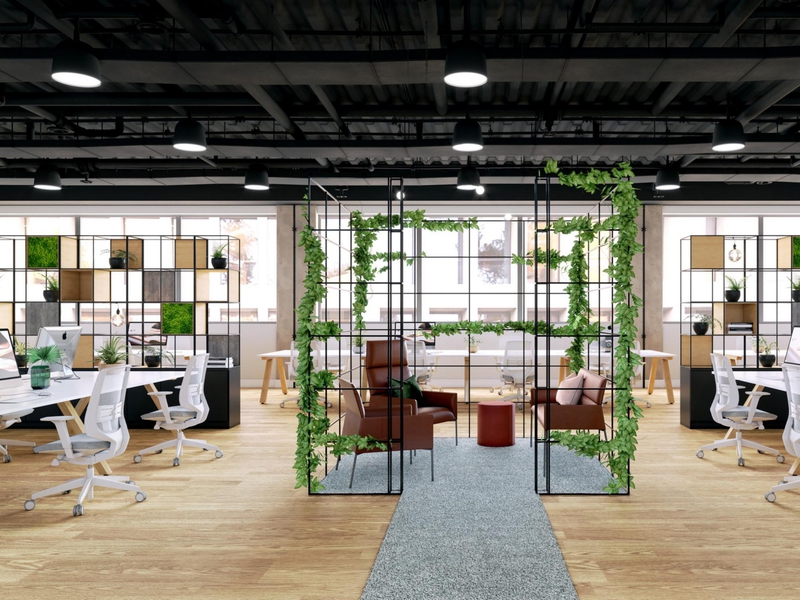
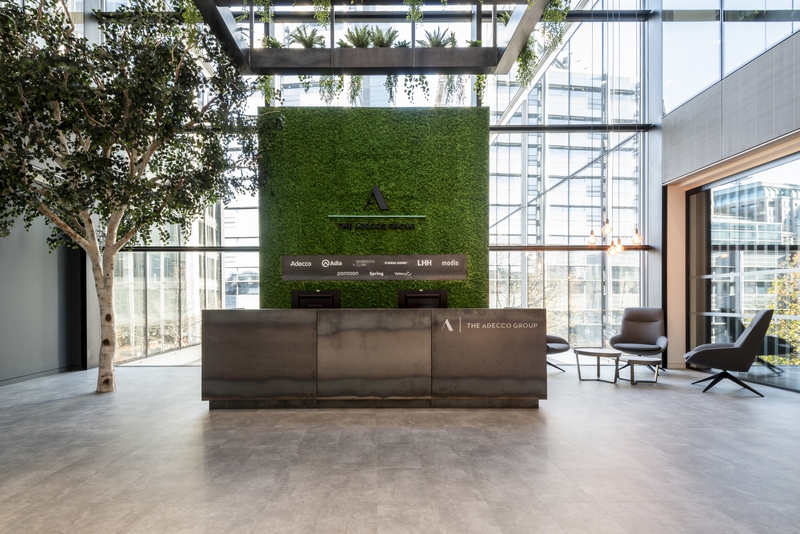

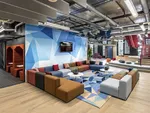

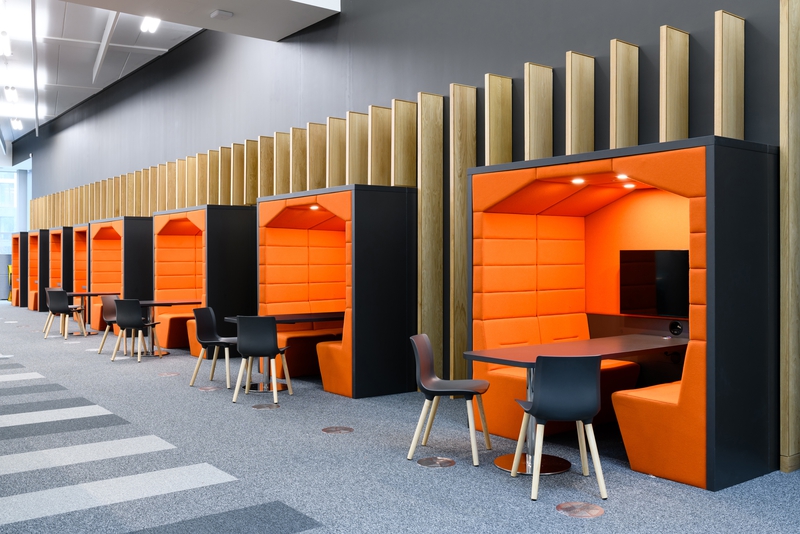
An extra 100,000 square foot for the Curzon Building of BCU, providing enviable facilities for this hub of student exce…
EDUCATION

Consolidating their three London locations to create this new 80,000-square-foot office space in the Cottons Centre nea…
ARCHITECTURE & CONCEPTION, TECHNOLOGIE & INFORMATIQUE
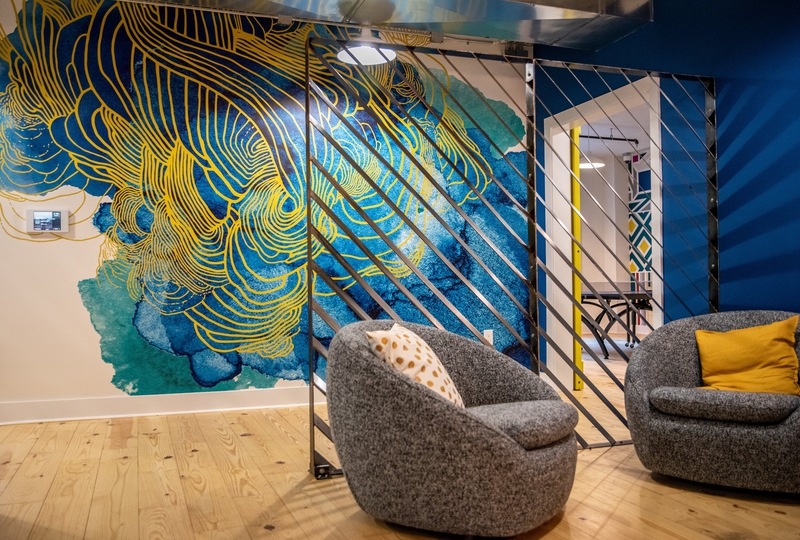
The industrial vibes of LiveRamp's latest workplace creates the perfect environment for creative collaboration between …
TECHNOLOGIE & INFORMATIQUE